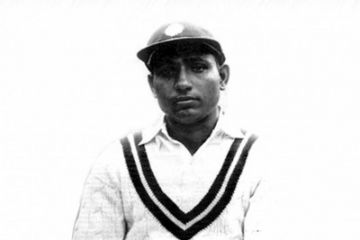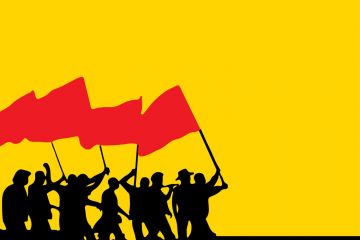
Two years after
India’s independence, Solomon Abramovich Trone, a former director of the
storied General Electric (GE) came to India and became a personal advisor on
economy to Jawaharlal Nehru, joining an extraordinary band of people who
participated in state-building after Independence. His memorandums to Nehru on
planning, a product of Trone’s extensive tour of the country, in their
observations on institutions and places provide an unlikely insight into the
early days of Independen
Continue reading “The American who had Nehru’s ear”
Read this story with a subscription.





